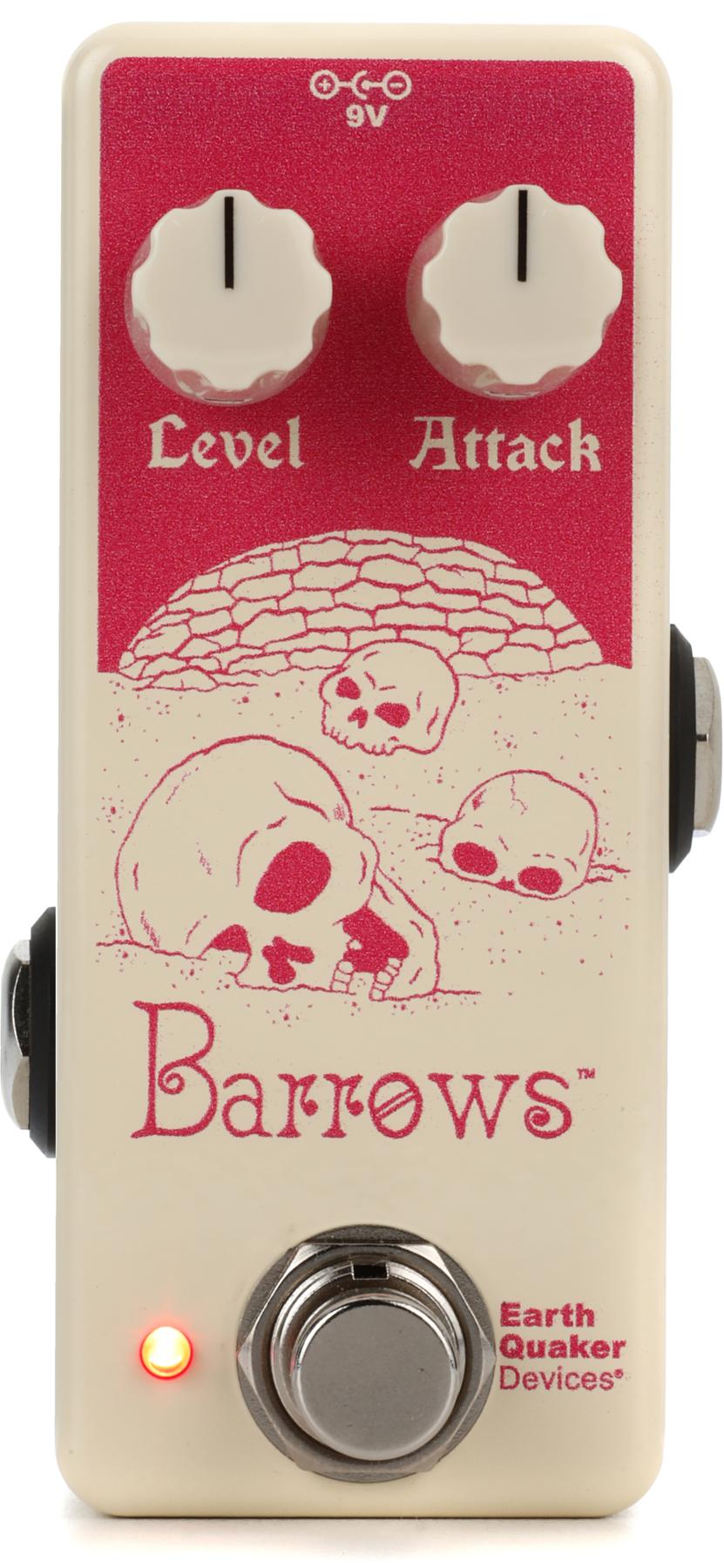Recently I was asked what influenced me to start playing guitar – a “how, when and where” sort of thing. Although I have asked this question at least a hundred times in interviews over the years, this is the first time that I recall it has been asked of me. As I pondered my response, I found myself enjoying a retrospective state of euphoria that extends back more than 30 years. Upon further reflection I could recall two distinct time frames: when and how I started playing and when I was influenced to play. I think for many others, this may in fact be a similar situation.
I started taking my first lessons at age ten from a Catholic school nun, who taught me my first C-G-FAm chords. Sister Marge didn’t have much rock in her roll, so after nearly two years of “One Tin Soldier” and “Green, Green Grass of Home,” my playing influence was simply non-influential!
Just when I was debating trading the strings for sticks, I had a revelatory experience. In October 1976, I witnessed KISS on the Paul Lynde Halloween Special in a performance I consider to be my ultimate inspiration. Divine intervention? Not quite, but certainly a defining moment that I will never forget. That inspired me to sit in my bedroom for over a year, relentlessly attempting to dissect every Ace Freeley lick I could from Alive! To this day, I hold Ace’s playing and tone to a very high regard on that album; classic rock tone from a Les Paul into a Marshall stack – or should I say stacks!
My first time on stage was for my eighth grade talent show. My buddies and I attempted to form a KISS tribute band. We all painted our faces, ripped up our parachute pants and attached chrome studs to them. I took my Converse basketball sneakers and nailed blocks of wood to the bottom of the soles for platform shoes. Needless to say, we got our freak on as we busted into a three song medley of “Got Nothin’ to Lose,” “Cold Gin” and “Rock and Roll All Nite.” I was Ace and my bass player Joel was Gene Simmons – who even attempted to spit blood until he damn near choked to death! The teachers thought we needed therapy, but the chicks dug it. For the most part we were horrid, but man did we have spirit. We even blew up the school’s PA and had to work that summer painting playground equipment to pay for it – talk about paying your dues!
Nothing much has changed to this day. People still think I need therapy, and I am still in it for the relentless pursuit of tone, just like you. Drop me an email and tell me about your influence – hopefully it didn’t get you arrested!
Until next month – tone up and throw down.
Nuff sed.
Search
Latest Stories
Start your day right!
Get latest updates and insights delivered to your inbox.
Premier Guitar features affiliate links to help support our content. We may earn a commission on any affiliated purchases.
The Latest
More for you
Most Popular
Don’t Miss Out
Get the latest updates and insights delivered to your inbox.
Load More




















